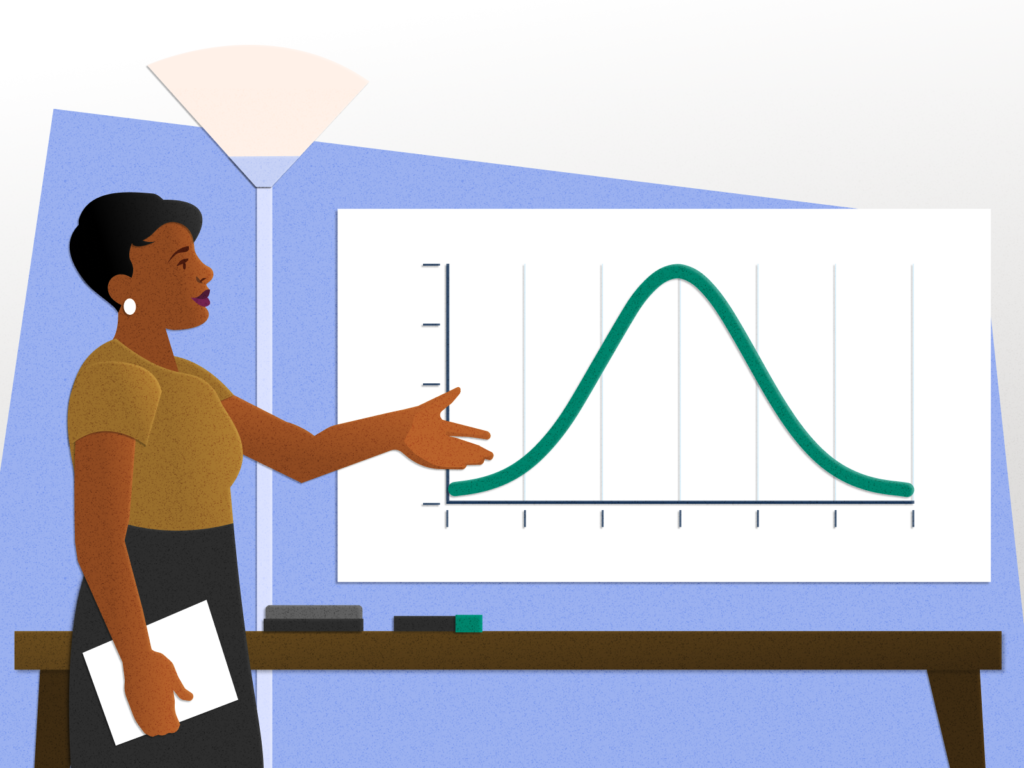CONSUMER SURPLUS: MEASUREMENT AND IMPLICATIONS FOR MARKET EFFICIENCY
CONSUMER SURPLUS: MEASUREMENT AND IMPLICATIONS FOR MARKET EFFICIENCY Introduction: Consumer surplus is a fundamental concept in economics that measures the welfare gained by consumers from participating in a market transaction. It represents the difference between the maximum price a consumer is willing to pay for a good or service and the price actually paid. Understanding […]
CONSUMER SURPLUS: MEASUREMENT AND IMPLICATIONS FOR MARKET EFFICIENCY Read More »











